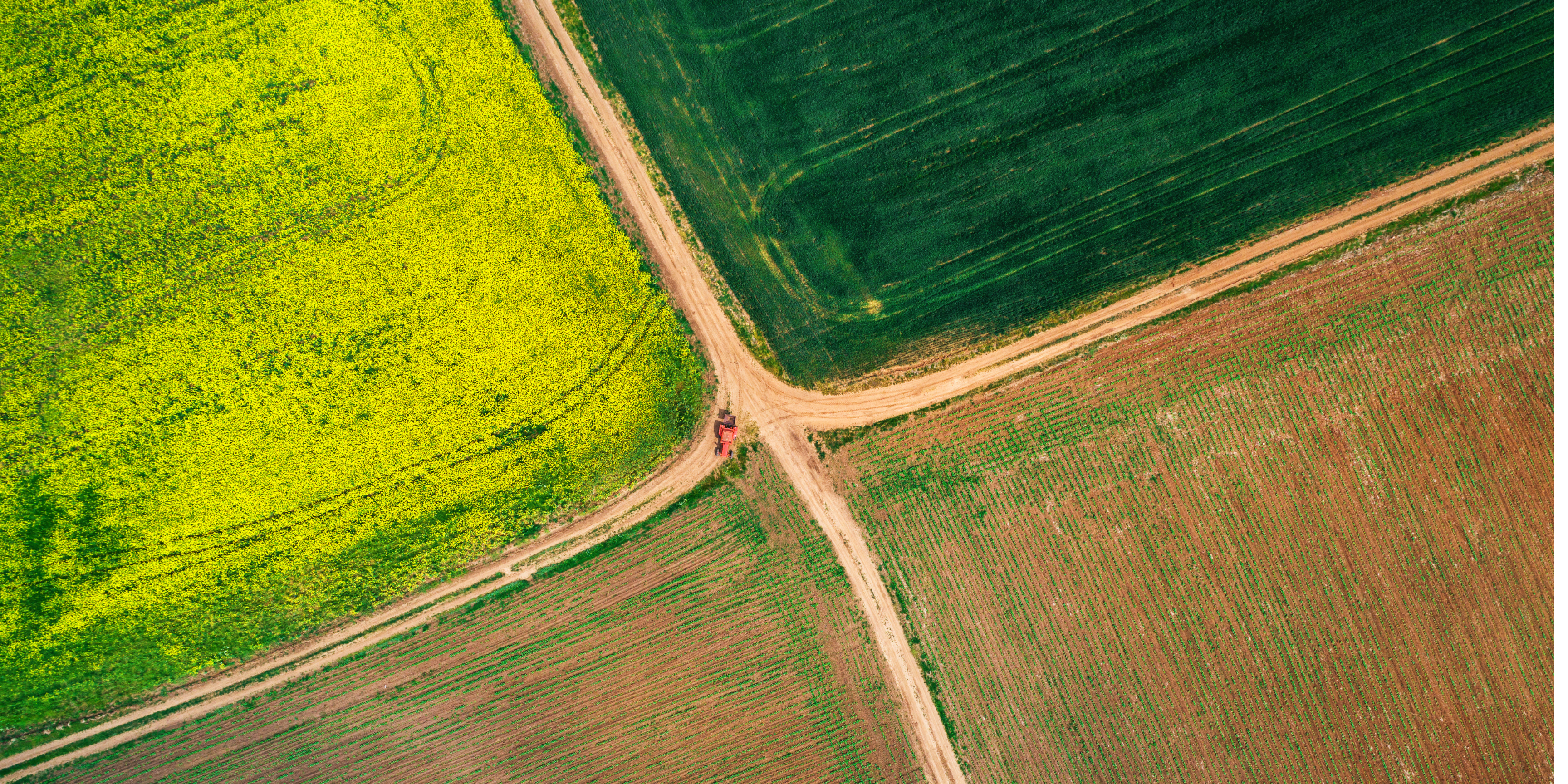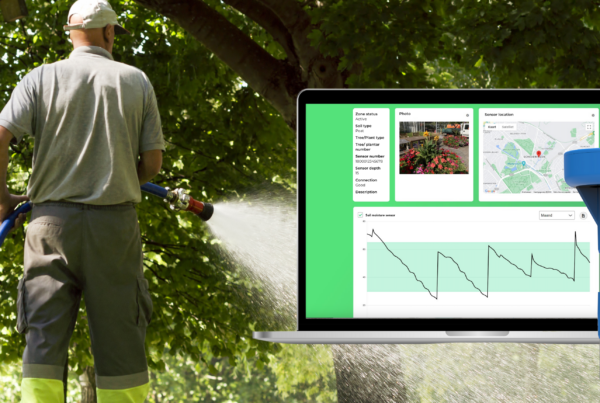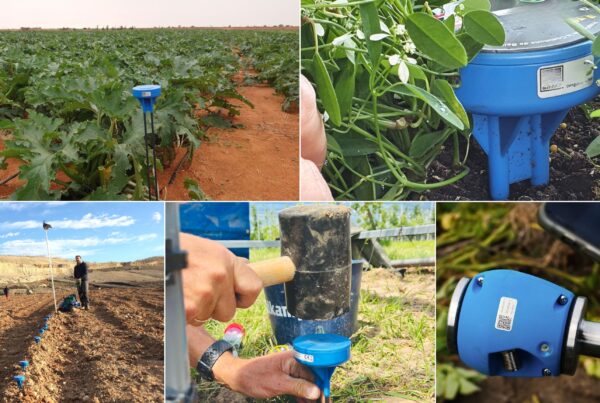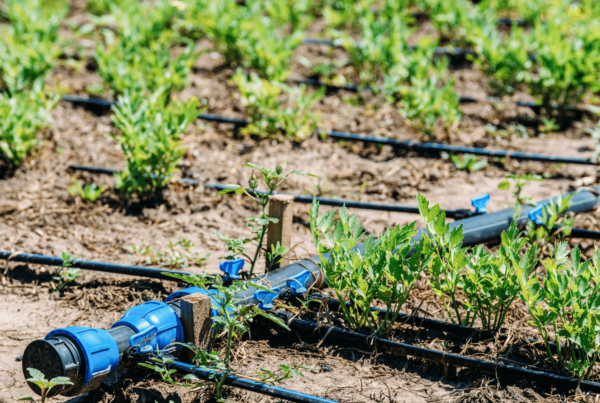Just over 25 years ago, a groundbreaking development in precision agriculture occurred when the fusion of a mass flow sensor with GPS technology transformed how farmers viewed their fields. This fusion provided farmers with a revolutionary tool for assessing soil moisture and guiding irrigation decisions. It marked the dawn of a new era in agriculture, as farmers could now make data-driven choices based on real-time soil moisture data.
The Transformational Role of Soil Moisture Sensors
This innovation gave rise to the adoption of various cutting-edge technologies to enhance agricultural practices. For instance, farmers could use a professional soil moisture meter alongside soil moisture probes to precisely gauge water content in their fields. The synergy between these tools allowed farmers to gain valuable insights into their soil’s moisture levels, aiding in optimal irrigation management.
Over time, the soil moisture sensors that were initially used in stationary applications made their way onto agricultural machinery. These moisture sensors were integrated into irrigation systems to offer continuous, real-time soil moisture monitoring capabilities. This technological evolution empowered farmers with the ability to make informed decisions regarding irrigation, saving water and improving crop yields.
Wireless soil moisture sensors have become a cornerstone of modern agriculture. They enable farmers to remotely monitor their fields, ensuring that soil humidity remains at the ideal level for plant growth. These wireless moisture sensors offer a cost-effective solution to manage irrigation systems with precision and efficiency.
The Journey to Precision Agriculture
The shift toward precision agriculture was driven by a profound realization: the extent of yield variation within fields was far greater than initially recognized. Understanding this variation propelled the adoption of precision agriculture. Scott Shearer, a professor at Ohio State University, emphasizes, “Because farmers recognized how much yield variation was really occurring in their fields, suddenly precision agriculture took off.”
Simultaneously, the focus on on-the-go soil fertility sensing began to gain momentum. Spectrum Technologies, a trailblazing company founded by Mike Thurow in 1987, embarked on this transformative journey. Their first product, a soil pH meter, was instrumental in identifying areas where crops were stunted and under stress. Since then, the industry has witnessed remarkable progress and evolution.

The Power of Sensors: Above and Below the Ground
Today, soil moisture sensors are integral to both equipment and off-equipment applications, revolutionizing agriculture. They serve as vigilant guardians, assessing various attributes to help farmers maximize yields while minimizing resource consumption. These sensors operate both above and below the ground, and their applications span an array of critical functions.
Jesse Haecker, Business Manager for John Deere, captures the essence of these sensors by noting that they offer “more eyes in critical areas.” Their role extends beyond observation; they are key decision-making tools. These sensors provide invaluable data insights, enabling farmers to make informed decisions with a high degree of confidence. The deeper the farmer delves into soil moisture sensing, the greater their independence when confronting unusual field conditions.
With the advent of Internet of Things (IoT) strategies, the wealth of machine and field data collected from diverse sensors is rapidly evolving. Matt Darr from Iowa State University draws a crucial distinction in the context of IoT. He emphasizes the need for a clear purpose: “Are we trying to learn about the science of crop production or influence crop production in a single season?” Farmers prefer outcome-based solutions that lead to actionable results. While knowledge is vital, it becomes truly impactful when coupled with actionable insights.
Empowering Farmers with Data-Driven Insights
Brandon Hunt, a farmer in western Kentucky, demonstrates the transformative potential of sensor technology. The data he collects not only identifies operational efficiencies but also reduces input costs, optimizes fertilizer utilization, and enhances overall productivity. He acknowledges the significance of integrating technology seamlessly into existing systems.
However, Hunt emphasizes the importance of thorough testing before adopting any technology. He advocates for “smoke tests,” a methodical approach that validates the technology’s efficiency. This approach minimizes financial risks and ensures that every dollar invested in the operation is maximized.
Unleashing the Power of Predictive Insights
One of the most exciting prospects for farmers is the ability to predict previously unpredictable factors, such as weather patterns. A farmer’s ability to manage nitrogen, for instance, is greatly enhanced when armed with accurate weather forecasts. On-farm weather stations play a pivotal role in this context. The integration of sensors with weather stations amplifies their potential, providing farmers with invaluable insights into weather conditions and their potential impact.
Unlocking Data Integration
As sensor technology continues to evolve, it’s clear that a single measurement won’t address all farming questions. The real power emerges when data from various sensors are combined and analyzed in new and innovative ways. This multifaceted approach allows farmers to create “technology layers” within their fields, catering to different scales of control, from individual plants to multiple remote fields. Connectivity, especially through the internet of tomorrow, remains a pivotal challenge, signaling a bright future for the industry.
Sensoterra Soil Moisture Sensors: Revolutionizing Agriculture
Sensoterra, a pioneering technology startup based in Amsterdam since 2014, is at the forefront of this sensor revolution. Their wireless soil moisture sensors empower agriculture, landscaping, and smart cities. Working with Sensoterra soil moisture sensors transforms farmers’ understanding of soil moisture within the active root zone, offering superior accuracy compared to traditional techniques. Data generated by these sensors are the foundation of informed decision-making, drastically reducing the problems associated with under- and over-irrigation, leading to fewer fertilizers and pesticides, enhanced crop health, and optimal yields to cater to growing populations. These sensors are robust, user-friendly, and feature seamless wireless connectivity via LoRaWAN, suitable for the harshest farm environments or integration with other tech devices through API integration.
In the ever-evolving landscape of agriculture, Sensoterra soil moisture sensors emerge as indispensable tools, bridging the gap between data and action. Farmers who harness the potential of these sensors are better equipped to navigate the complexities of modern agriculture, ensuring both the present and future prosperity of their fields. Ready to unlock the full potential of your crops? Dive into our case studies and reach out with your questions to [email protected].
About Sensoterra
Sensoterra is a pioneering leader in the field of wireless soil moisture sensors, offering cutting-edge IoT soil moisture sensor solutions for smart agriculture. Our state-of-the-art Sensoterra soil moisture sensors are at the forefront of agriculture IoT, providing unparalleled soil moisture monitoring capabilities.
Our commitment to precision agriculture technology allows farmers to make informed decisions, optimize their irrigation systems, and embrace sustainable farming solutions. With Sensoterra, access to real-time soil moisture data is at your fingertips, enabling precise water management and water resource management for your agricultural operations.
Sensoterra, established in 2015, with its headquarters in Houten, The Netherlands, develops water management solutions for agriculture/horticulture, smart city management, and water governance. Sensoterra has over 12,000 sensors in the ground globally, and generates hundreds of thousands of data points for smart water management, daily.
Contact for more information, pictures and/or interview requests:
Jessica Nuboer
Marketing & Communications
Sensoterra
Email: [email protected]





